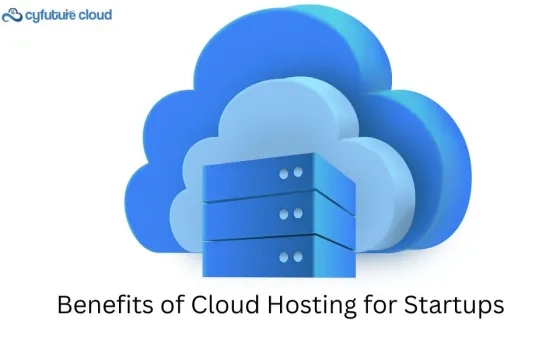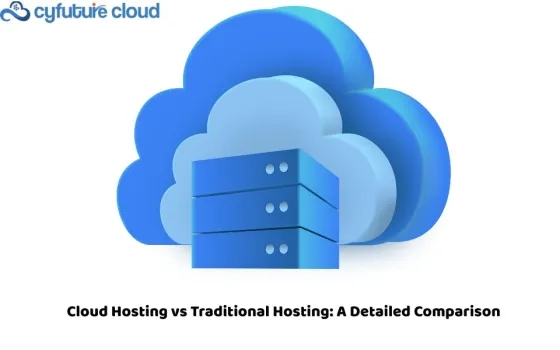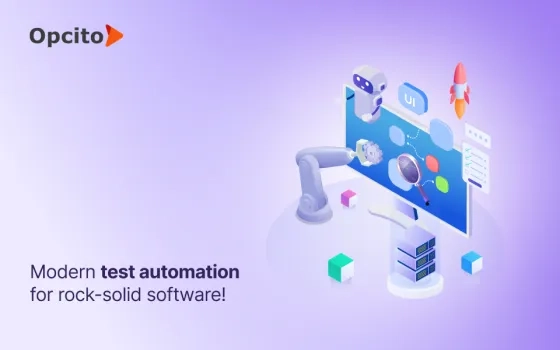As the world continues to introduce new environmental concerns or exacerbate existing ones, scientists and researchers have turned to technology in an attempt to comprehend it better, track it more closely, and where possible, reduce its consequences. Cloud computing remains one of the most effective of all the tools used in this effort. Cloud computing is changing the field of environmental science and is on the path to making our world a smarter planet through large data storage, optimum computing solutions, and collaboration solutions.
1. What is Cloud Computing?
Cloud computing is accessing and typically processing resources online rather than on personal computers or local servers. This is a model based on infrastructure for services in which organizations can from a pool gain access to the computing power that they require without owning physical structures like computers and storage. Regarding resource usage, the cloud allows users to expand or shrink based on the current workload, which is always beneficial for projects characterized by varying data intensity, something that’s seen in the works of many environmental scientists.
2. Why Cloud Computing is Important for Environmental Science
Environmental science requires processing large amounts of data, such as climate records, species distribution, and water quality parameters, which are critical to assessing the effects of human activities on the environment. Common computing systems often encounter challenges in the scope, volume, and capabilities needed to handle such computational tasks based on data. These are well overcome by cloud computing, which offers solutions that can scale, be flexible, and be accessible, allowing scientists to perform analyses and simulations at incredible speeds and with great accuracy.
The benefits of cloud computing in environmental science include:
-Data Storage and Scalability: AWS, Google Cloud, and Microsoft Azure are cloud platform providers that provide almost unmeasurable data storage capability. This enables the researchers to store years of environmental data without worrying about the hardware's constraints.
- High-Performance Computing: On the cloud infrastructure, huge models like the climatic model that may take weeks or even months to compute are processed in days.
- Collaboration: Cloud platforms enhance the sharing and collaboration of data across locations, time, and physical barriers and can enlist multiple scientists and researchers to work hand in hand on massive environmental projects.
3. Key Applications of Cloud Computing in Environmental Science
A. Simulation of Climate and Calculation of Climate Forecasts
Climate modeling involves approximating the Earth's atmosphere, ocean, and surface processes. Such simulations incorporate large volumes of data and may require algorithms running across large blocks of time. Adopting HPC in cloud computing allows researchers to harness cloud computing to perform accurate faster climate models.
For instance, the European Centre for Medium-Range Weather Forecasts ECMWF established a cloud-based system for the analysis of meteorological data. When climate models are being fed into the cloud, ECMWF improves its capability of producing better forecasts for managing extreme weather conditions by governments and industries.
B. Environmental Monitoring and Remote Sensing
In the context of remote sensing – the gathering of data about the Earth’s surface by satellites or drones – cloud computing is revolutionary. Remotely sensed data is therefore important for monitoring shifts in forests, glaciers, urban environments, and ecosystems over time. However, it is equally important to process this data locally since the analyses take a long time and are expensive to run. Cloud platforms make it easier for the researcher to store and analyze remote sensing data for environmental change in near real-time.
For instance, Google Earth Engine (GEE) is an application hosted in the cloud that offers practitioners access to satellite images and a suite of analyses. Environmental scientists use GEE to measure deforestation, analyze deprived water resources, and examine trends for the use of agricultural lands. With cloud resources at GEE, researchers can filter petabytes of data in mere minutes – a revelation as to the state of the environment.
C. Wildlife conservation and population-based Biodiversity assessment
Conserving species and landscapes contributes directly to the sustainability of ecosystems, and cloud computing enhances the surveillance of species numbers. Biodiversity assessment in the traditional field mostly includes manual data collection using field glasses or other optical instruments. Now, there are opportunities to utilize machine learning algorithms on cloud platforms for analyzing recorded audio, image, and video data from sensors and cameras in remote environments.
The Wildlife Insights project, for instance, Depends on cloud computing to process imagery from camera traps in forests globally. By using machine learning models at the cloud, the researchers can recognize the species and the population trends in a short time which will greatly help in furthering the conservation cause. This enables conservationists to get close to reacting to threats such as poaching or habitat elimination in real time.
D. Water Resource Management
There are different environmental problems: water deficit and water supply pollution. Cloud computing thus has benefits in showing researchers how to create better water management solutions since it offers data integration and processing capabilities. The use of cloud-based monitoring also allows researchers access to data received from thousands of monitoring points which include water quality, flow rates, and levels of rivers, lakes, and reservoirs. This will assist governments and organizations who want to manage water use sustainably to capture such events and make informed decisions.
For instance, Azure from Microsoft has been applied in initiatives to enhance water supply chain sales administration with satellite information, meteorological information, and water quality indexes. These cloud services allow authorities to control water quality, and create models to predict and avoid such conditions in the future.
4. Cloud Computing’s Role in Reducing Carbon Footprint
One concern with cloud computing is its potential carbon footprint due to the energy required to power and cool data centers. However, leading cloud providers have significantly reduced their environmental impact. For instance, Amazon Web Services (AWS) and Google Cloud are committed to powering their operations with 100% renewable energy by 2025 and 2030, respectively.
Furthermore, the centralized nature of cloud infrastructure can be more energy-efficient than decentralized, on-premises computing. By consolidating resources in hyper-efficient data centers, cloud providers can minimize energy consumption and reduce waste. This approach aligns with the goals of environmental science, as it supports sustainable data storage and processing practices.
5. The Future of Cloud Computing in Environmental Science
Cloud computing is poised to play an even more critical role in environmental science. Advances in artificial intelligence and machine learning, combined with cloud resources, will enable researchers to analyze ecological data in new ways. For instance, AI-powered algorithms could predict climate-related disasters more accurately, helping communities better prepare and adapt.
Moreover, cloud platforms are continually improving in terms of security, accessibility, and affordability, making these resources more available to researchers in developing countries who may lack the infrastructure for traditional computing systems. This democratization of technology is crucial for global environmental efforts, as it ensures that all regions, regardless of economic status, can contribute to the global understanding of environmental change.
Conclusion
Cloud computing certification transforms environmental science by enabling faster data processing, scalable storage, and collaborative research efforts. From climate modeling to biodiversity conservation, cloud computing certification empowers researchers with the skills and knowledge to use cloud technology effectively, addressing some of the world’s most pressing environmental challenges with greater efficiency and precision. As cloud providers prioritize sustainability, the synergy between cloud computing certification and environmental science will be instrumental in building a sustainable future for our planet.





























Comment
Cloud computing’s role in environmental science is groundbreaking, enabling large-scale data analysis and resource optimization. The potential for reducing environmental footprints through sustainable cloud strategies is huge. This shift towards eco-friendly technologies not only helps the planet but also drives business efficiency—truly a win-win!